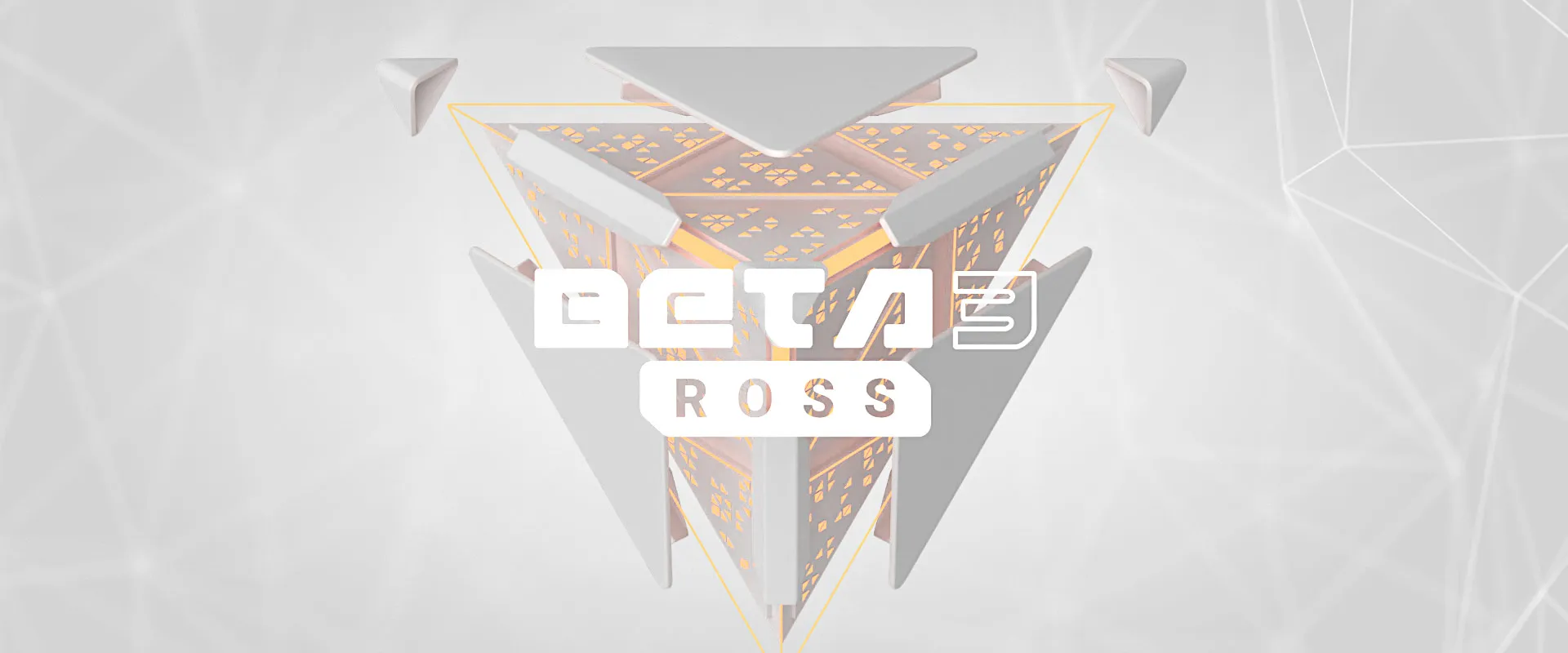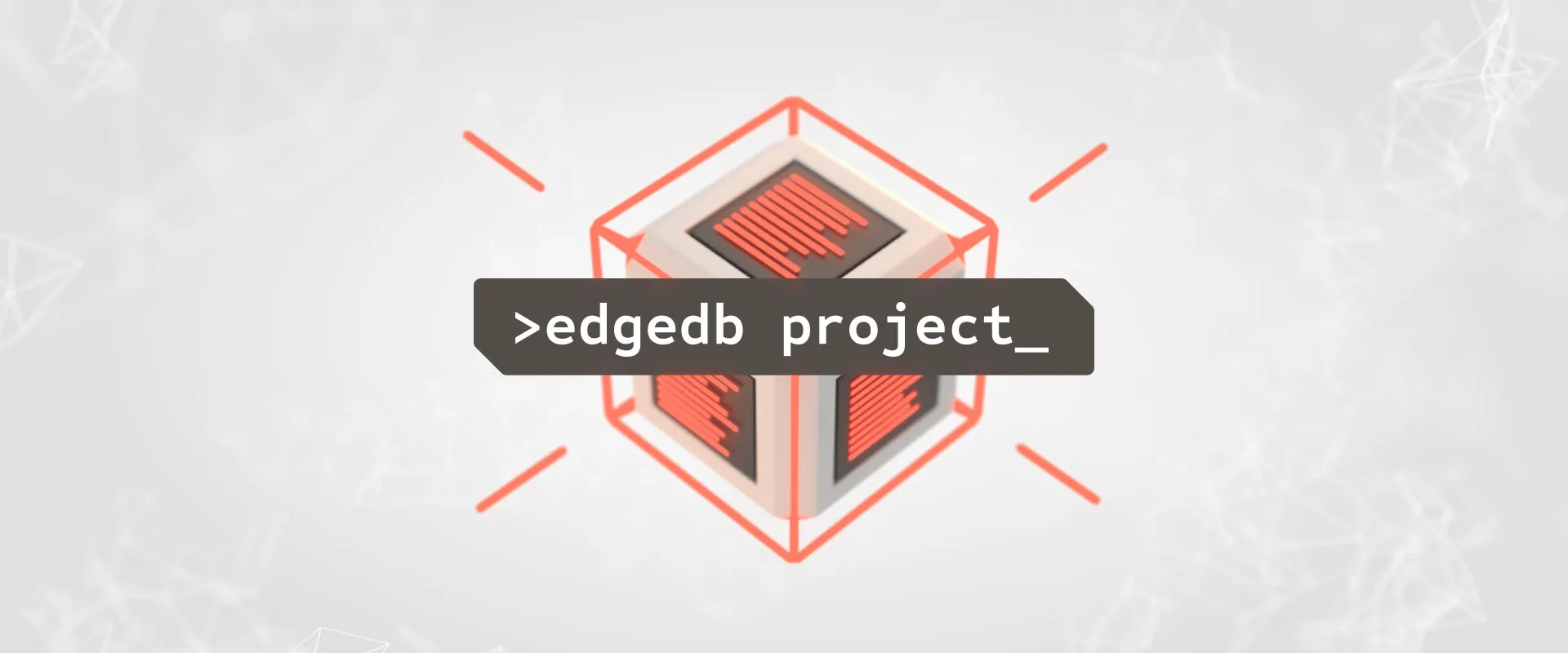Looking to another nearby star, we’re pleased to announce the second public beta of EdgeDB: Luyten!
Luyten 726-8, also known as Gliese 65, is a binary star system that is one of Earth’s nearest neighbors, at about 8.7 light years from Earth in the constellation Cetus. Luyten 726-8B is also known under the variable star designation UV Ceti, being the archetype for the class of flare stars. [Wikipedia]
Back in February 2021, we released the first beta version of EdgeDB after three years in development and 7 alpha releases. Since then, we’ve shifted focus from implementing new features to improving stability and performance. And we did: this release is the culmination of 10 weeks of fixes and enhancements.
But we couldn’t help ourselves! We’re excited to introduce a new interactive
CLI tool called edgedb project—a project scaffolding tool that makes the
process of setting up an EdgeDB-powered project even easier—, plus Deno
support, customizable transaction settings for our client libraries, and more!
What’s EdgeDB?
EdgeDB is an advanced open source relational database based on PostgreSQL. The project aims to give developers and data engineers a highly efficient and productive database technology while addressing the shortcomings of SQL and its surrounding ecosystem.
It takes the best features of ORMs and GraphQL—declarative schemas, migrations, easy deep fetching—and bakes them into a strict relational database:
-
a high-level data model and type system;
-
a powerful, expressive and extensible query language called EdgeQL
-
first-class support for schema migrations;
-
support for converting arbitrary strictly typed data to and from JSON via a simple cast operator;
-
out-of-the-box interoperability via REST and GraphQL;
-
first-party database clients JavaScript, Go, and Python.
Installing Beta 2
To upgrade to Beta 2, you’ll first need need to install the latest version of our CLI.
If you already have an version installed, just run edgedb self-upgrade
to get the latest CLI, then run edgedb server upgrade.
If you’ve never used EdgeDB before, you can install the CLI with a single command:
# macOS/Linux
$ curl --proto '=https' --tlsv1.2 -sSf https://sh.edgedb.com | sh
# Windows
$ iwr https://ps1.edgedb.com/ -useb | iexThen run edgedb server install.
Once you’ve got the latest versions of the CLI and EdgeDB, you’re ready to get started. And getting started is easier than ever before!
Upgrade your instances
To upgrade an existing EdgeDB instance to Beta 2:
$ edgedb server upgrade my_instanceOr upgrade all instances simultaneously:
$ edgedb server upgradeIntroducing edgedb project
The primary new feature of Beta 2 is the addition of edgedb project to our
CLI and its associated edgedb.toml config file, which lives in your project
root directory.
Turn any directory on your computer into an “EdgeDB Project” by running
edgedb project init inside it. This command does a lot:
-
It scaffolds your project by creating a
dbschemafolder and an emptydbschema/schema.esdlinside it (if they don’t already exist). -
It prompts you to either create a new EdgeDB instance on your machine or specify an existing one that’s already running on your computer.
-
It creates a link between that instance and the current project directory. This link is recorded in the
~/.edgedb/projectsdirectory. -
It generates an
edgedb.tomlfile if it doesn’t already exist. This identifies the directory as an EdgeDB Project. Check this file into version control so it’s easy for others to easily spin up a local EdgeDB instance for this project.
Once your project is initialized, you no longer need to use connection flags in
CLI commands. Instead of edgedb -I my_instance migrate, you can simply run
edgedb migrate inside your project directory! 🎉
Plus, you no longer need to provide an instance name or set environment
variables with connection information if you’re using one of EdgeDB’s
first-party client libraries for JavaScript/TypeScript, Python, and Go). The library automatically detects the
edgedb.toml file and connects to the linked instance automatically.
For a more complete explanation of how to get started with edgedb project,
read the dedicated post: Introducing EdgeDB Projects.
Deno support
Deno users: you can now use the EdgeDB JS/TypeScript client! It’s available for
immediate import on deno.land/x.
import * as edgedb from "https://deno.land/x/edgedb/mod.ts"
const conn = await edgedb.connect();
// (for remote instances)
// const conn = await edgedb.connect(
// "edgedb://edgedb@example.com/test"
// );
// run a query
const result = await conn.queryOneJSON(`SELECT 2 + 2;`);
result; // => 4Customizable retry logic
Beta 1 introduced best-in-class automatic retrying and transaction logic across EdgeDBs first-party client libraries for JavaScript/TypeScript, Python, and Go. For more information, read the Robust Client API RFC.
Now, we’ve made every aspect of that logic configurable. You can override the
default transaction & retry settings for your connection pool with the
immutable withTransactionOptions and withRetryOptions methods. The
example below uses the TypeScript client but there are equivalent APIs for
Python and Go. Read the docs to learn the syntax for your preferred language.
import * as edgedb from "./index.node";
async function main() {
const defaultPool = await edgedb.createPool();
const retryOptions = new edgedb.RetryOptions(
5, // defaults to 3
edgedb.defaultBackoff // (attemptNo: number)=>number
);
const transactionOptions = new edgedb.TransactionOptions({
// defaults to RepeatableRead
isolation: edgedb.IsolationLevel.Serializable,
// defaults to false
readonly: true,
// defaults to false
deferrable: true,
});
const customizedPool = defaultPool
.withTransactionOptions(transactionOptions)
.withRetryOptions(retryOptions);
await customizedPool.retryingTransaction(async (tx) => {
await tx.queryJSON(`SELECT User FILTER id = <uuid>`, {});
});
}The createPool API is deprecated in our latest client
bindings. It has been replaced with the createClient()
API, see our RC2 blog post for more details.
By default all transactions are executed using the RepeatableRead isolation
level. You can now customize transactions to run as Serializable instead,
and explictly mark transactions as readonly or deferrable. Read more about
these terms in the Postgres Transaction docs.
You can also specify the max number of retries (defaults to 3) and a custom exponential backoff function, which defaults to this:
export function defaultBackoff(attemptNo: number): number {
return 2 ** attemptNo * 100 + Math.random() * 100;
}DESCRIBE SCHEMA AS SDL
For instances running EdgeDB 1.0 Beta 2 or later, you can now introspect the
current schema as SDL with the DESCRIBE SCHEMA AS SDL DDL command. This is
useful if you want to conveniently compare your local schema file(s) to the
instance’s current schema state. Just open a repl and run the command:
$ edgedb -I my_instance
edgedb> DESCRIBE SCHEMA AS SDL;
{
type default::User {
required property name -> std:str;
# ...
}
}
# ...Start using Beta 2
For a full breakdown of the bug fixes and stability improvements in Beta 2, check out the full Changelog.
To start playing with EdgeDB, go through the 5-minute Quickstart or try the interactive tutorial (no need to install anything)! We’re happy to give assistance and debug issues, just reach out on GitHub Discussions or file a a bug report or a feature request.
To keep tabs on future announcements, follow us on Twitter @edgedatabase.


